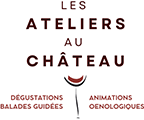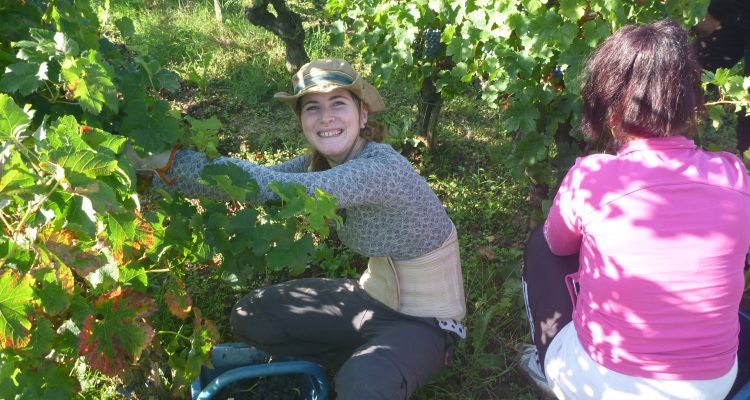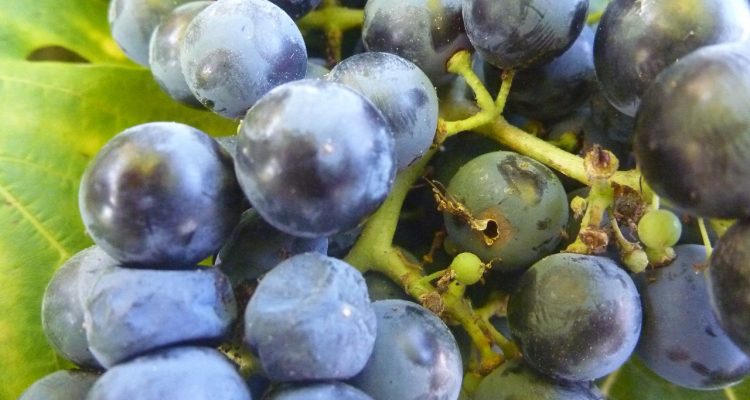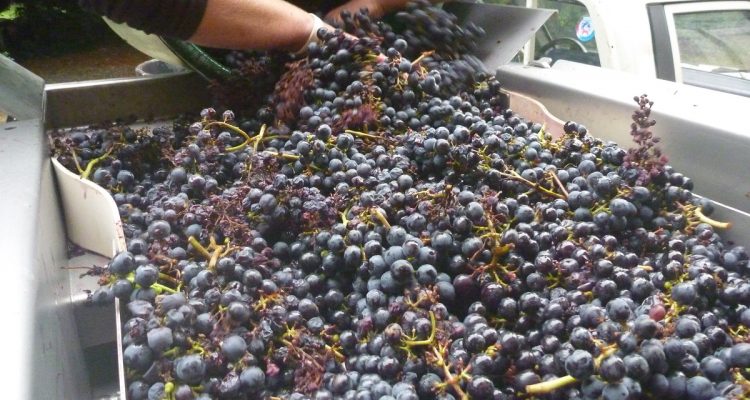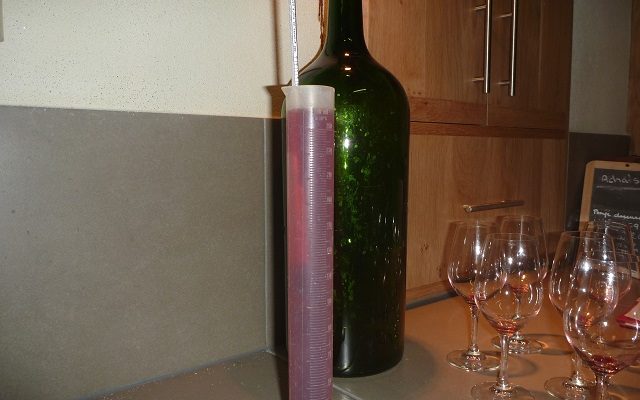The harvest is in full swing in the vineyards of Bordeaux. After harvesting the white grapes, we’re harvesting the Merlot, which will be closely followed by the Cabernet Franc and Cabernet Sauvignon.
Ideal conditions for the wine harvest
The weather has been beautiful since the first day of the wine harvest, which has guaranteed a good mood amongst the harvesters!
However, the work is demanding. The rows of vines are dense and close together; the foliage is not very high up, and so the bunches of grapes are low to the ground. Our harvesters have to spend most of the day bending over, then stretching up to empty the baskets full of grapes into the sacks. You need to be physically fit for harvesting the grapes by hand – as is tradition at Château Bardins!
An amazing year
2016 held many surprises for us in terms of the weather. No one has forgotten the long, rainy episode in spring, nor the dry period which ran from August through September, with very high temperatures for the season. And now, for the 2016 harvest, it’s bright sunshine!
Worms in the grape bunches
Wine-growers will remember, nevertheless, that 2016 saw problems caused by moth-caterpillars – little critters who get into the grape seeds by making a tiny hole. These grapes end up with grey mould – botrytis cinerea – which means they’re completely rotten.
It was therefore vital to be very careful with the grapes.
2016, quantity and quality
The big surprise of the 2016 Bordeaux wine harvest was the amount of grapes. We had copious bunches and big berries, meaning a good yield. Château Bardins (leader in organic agriculture) is always underneath the required quota – so a good yield is excellent news as we will be able to satisfy our clients. All the more so, as the grapes are very concentrated after a few days of pressing and fermenting, we can already see the colour and the structure, and know it’s going to be a good wine!
Taking the harvest to the fermenting room
The grapes arrive on the trailer in their big tubs. It takes two of us to empty one onto the vibrating table.
The table allows us to get rid of the unwanted little seeds, as well as acting as a sorting table, in case the harvesters have left any ‘bad’ grapes on the bunches. From the vibrating table, the grapes fall into the de-stemmer, and then into the temperature-controlled vat to begin fermentation. With each trailer, we measure the wine ‘pressings’ – that is to say, their alcoholic potential.
Once again, this year the wine is rich in sugar – it’ll be strong!
Related posts :
- Bordeaux white wine harvest 2016
- Wine-growing at Pessac-Léognan
